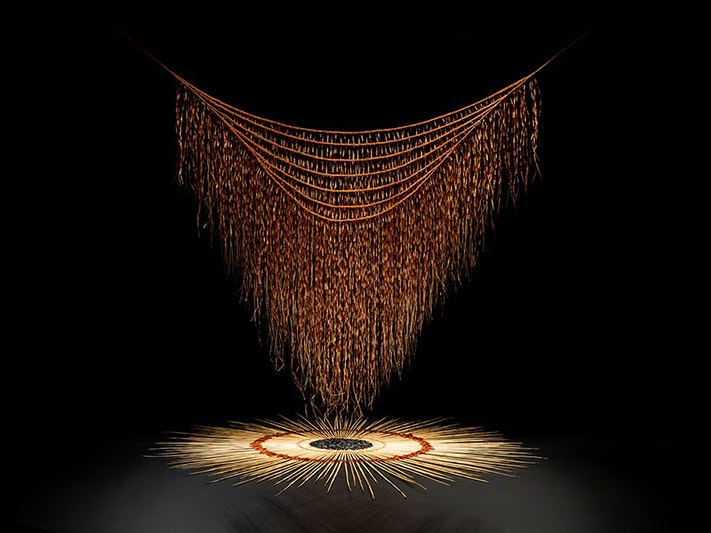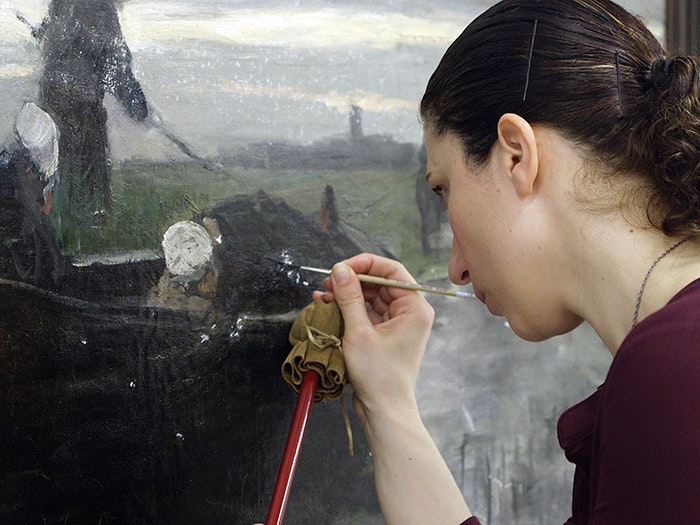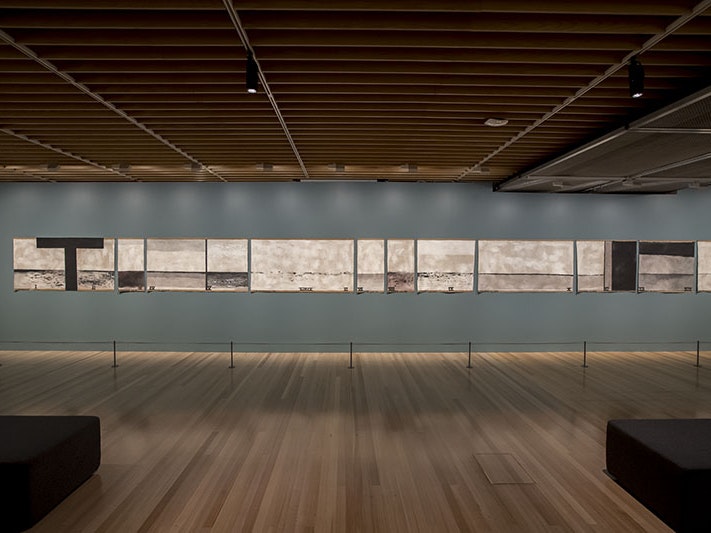John Hall, William Hodges, The chief at Santa Christina, circa 1777. Bequest of Charles Rooking Carter, 1896. Te Papa (1992-0035-1805).
In April 1774, British explorer James Cook and his crew landed on Tahuata (Santa Cristina), one of the Marquesas Islands. There they met Honu, the highest-ranking chief of Vaitahu, who is shown in John Hall’s engraving in all his finery.
It was through objects, journal accounts, paintings, and engravings from Cook’s voyages that a fascinated British public was first introduced to Pacific people and their homelands. The coloured etching by Andrea Bernieri combines different images from Cook’s voyages, including a portrait of Honu.


